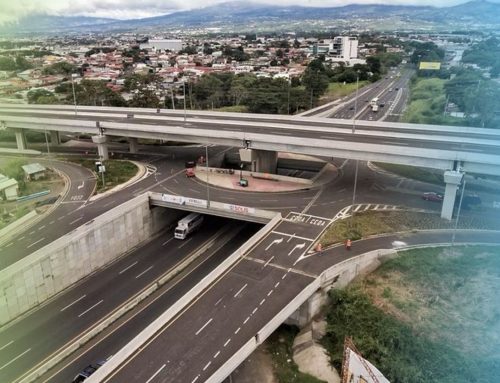With the creation of the electronic ticket, many people do not know the difference between an electronic ticket and a regular invoice. The first one requires certain important data in order to be issued. The regular invoice is used to issue a proof of payment of the brokerage service in transactions, when the client, for some reason, does not provide his personal data. It is also used in cases where the client does not have an identification authorized by the Ministerio de Hacienda (Ministry of Finance) to issue an electronic ticket. The identifications authorized for the electronic ticket are: identity card, DIMEX or NITE.
What is an electronic ticket?
Document with tax effect, generated, expressed and transmitted in XML electronic format, in the same economic act, authorized only for transactions with end consumers, which cannot be used to justify expenses or credits. It is deductible of expenses, requires specific information from the receiver and does not support passport type identification.
What is a regular invoice?
It works as a payment voucher but has no tax effects for the recipient and does not require any information from them. The electronic ticket can be issued to any type of person including foreigners with a passport. Real estate consultants usually use an invoice as proof of receipt of payment for their brokerage service.
Steps to make an electronic ticket
Registering as a taxpayer with the Ministerio de Hacienda (Ministry of Finance)
To make an electronic ticket in Costa Rica, it is first necessary to register as a taxpayer with the Ministry of Finance. It is necessary for companies and legal entities that wish to invoice electronically to be registered with this entity. This process must be completed in spanish, so if you have any doubt, do not hesitate to contact any of our Nativu advisors.
Register as issuer-receiver
It is also necessary to register as Issuer-Receiver in the Registro Único Tributario (Single Tax Registry) RUT. This procedure may be carried out through the Portal de Administración Tributario Virtual (Virtual Tax Administration Portal) ATV web page. The purpose of this registration is to allow them to send and receive electronic receipts through the electronic invoicing provider.
Obtaining the cryptographic key
Finally, once registered before the ATV, in order to generate a valid electronic invoice, it is necessary that it is digitally signed by means of the cryptographic key. To obtain it, access the Virtual Tax Administration Portal again and click on the electronic vouchers option, which will allow the generation of the cryptographic keys.
After registering the cryptographic key, the system will be sending it to the electronic mailbox. In this way, the invoices issued from now on will have this security method that guarantees the legitimacy and veracity required by the Ministry of Finance.
Selecting a trusted software
The last step is to select an electronic ticket software that suits your company’s needs and configure it with the cryptographic key obtained before.
When to use electronic ticket?
When to use ordinary invoices?
With this information you will be able to decide in a future commercial transaction which type of payment voucher best suits your needs, whether it is an electronic ticket (known as a digital invoice) or a regular invoice. Each one has different characteristics that will help you use it correctly.









